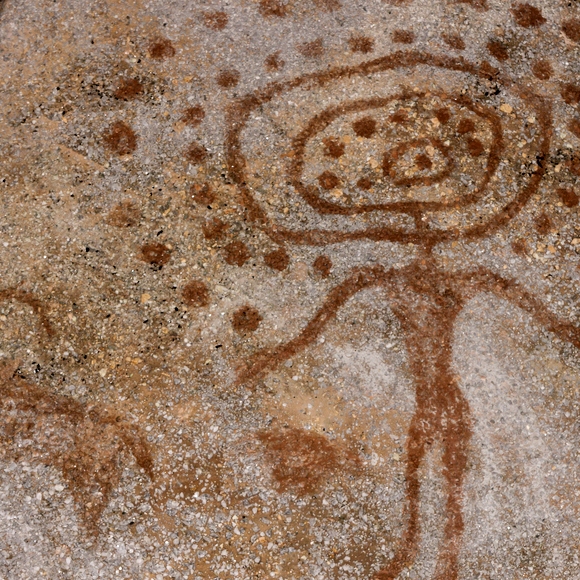
Cave painting, a remarkable artistic tradition dating back tens of thousands of years, offers us a glimpse into the minds of our ancestors. But what if these cave paintings were not solely products of creative imagination? What if they were influenced by the profound effects of plants known to alter consciousness?
In the depths of ancient caves, hidden away, early humans sought to communicate, express, and explore the realms of their consciousness.
Today, we delve into the fascinating connection between cave painting and the plants that played a role in expanding ancient human perception.
Cave Painting: Windows into Ancient Minds
Cave painting emerged during the Upper Paleolithic period, spanning roughly from 40,000 to 10,000 years ago. These artworks adorned the walls of caves across different continents, with notable sites like Lascaux in France, Altamira in Spain, and Chauvet in France, revealing depictions of animals, hunting scenes, and enigmatic symbols.
While the exact purpose of cave painting remains speculative, many theories suggest that these artworks held deeper meanings beyond mere decoration. Some researchers propose that these images served as visual narratives, depicting the sacred and spiritual beliefs of early humans. The mind-altering properties of certain plants may provide a valuable key to understanding the enigmatic symbols and vivid imagery found in these ancient caves.
Let the stresses of everyday life melt away with a FREE 27 minute guided hypnosis recording for healing mind body and spirit >> Find Out More <<
Plants and Altered States of Consciousness
Throughout history, cultures across the globe have utilized various plants to induce altered states of consciousness, spiritual visions, and heightened perception. These plants, often referred to as entheogens or psychedelics, have been used for ceremonial, shamanic, and mystical purposes.
In the context of cave painting, several plant species are believed to have played a role in expanding human perception and inspiring the intricate images found on cave walls. One such example is the psilocybin-containing mushrooms.
These fungi are known to induce profound visionary experiences, altering one’s perception of time, space, and reality. The potential influence of magic mushrooms on ancient cave painters cannot be dismissed, as their mind-altering effects may have opened the door to heightened creative expression and spiritual insights.
Other plants, such as the San Pedro cactus (Echinopsis pachanoi) or Ayahuasca vine (Banisteriopsis caapi), both of which contain the psychoactive compound DMT, have been used in traditional ceremonies to induce visions and access altered states of consciousness.
The incorporation of these plants in ancient rituals might have allowed cave painters to tap into a realm beyond ordinary perception, unlocking a wellspring of inspiration for their artwork.
The Quest for Transcendence: Cave Painting and Altered Consciousness
Cave painting, when viewed through the lens of altered states of consciousness, takes on a deeper significance. The intricate patterns, vivid colors, and otherworldly imagery found in cave art may be glimpses into the transcendental experiences of early humans.
The use of entheogenic plants could have facilitated direct encounters with the divine, serving as a means of communication with the spiritual realm.

Moreover, cave painting itself may have been a ritualistic act, a form of communion with the sacred, enabled by the altered consciousness induced by plant substances. The caves acted as portals to an altered reality, where humans could connect with the unseen forces and capture their visions on the cave walls.
The intertwining relationship between cave painting and plants that alter consciousness presents a compelling narrative of human exploration and spiritual quest.
The caves become gateways to the realms of the mind, where ancient artists sought to translate their transcendent experiences into vibrant expressions of art.
_______
Free Hypnosis Session
Pure Relaxation
This is so much more than just a relaxation session!
_______

Pingback: The Ganzfeld Effect in Ancient Meditative and Ritual Practices
Pingback: Timothy Leary: "To use your head, you have to go out of your mind"